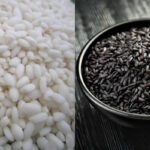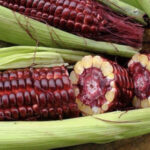Genetically modified organisms (GMOs) are currently in wide use and have had some impact on humanity. So, what are the most common GMOs, and how do they affect us? Let’s find out.
Genetically modified foods are plants, animals, or microorganisms created through non-natural crossbreeding techniques. The aim is to enhance crop yields and improve resistance to pests and diseases or increase their nutritional value. These changes can lead to increased production and significantly reduced costs. Here is a list of some of the most common genetically modified foods:
1 Corn
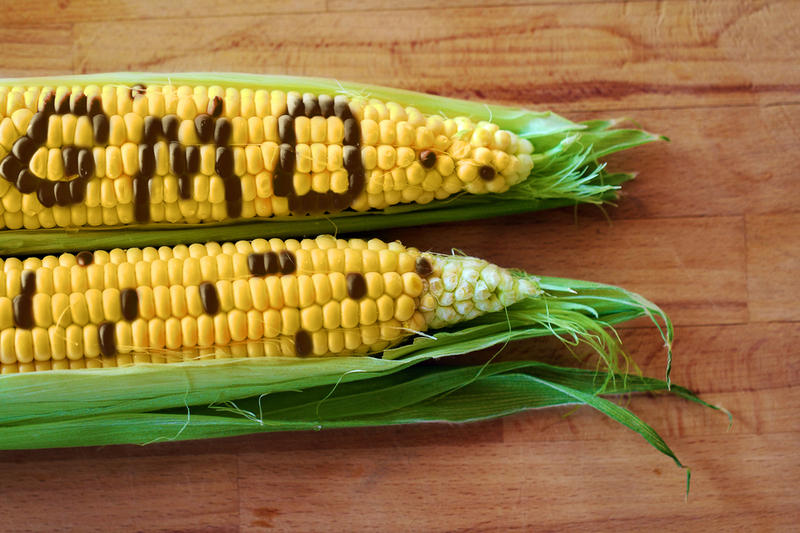
Corn is often genetically modified to include a gene that acts as an insecticide. Since its introduction, farmers have not needed to apply insecticides to their crops. Most families in the United States consume this type of corn.
2 Soybeans
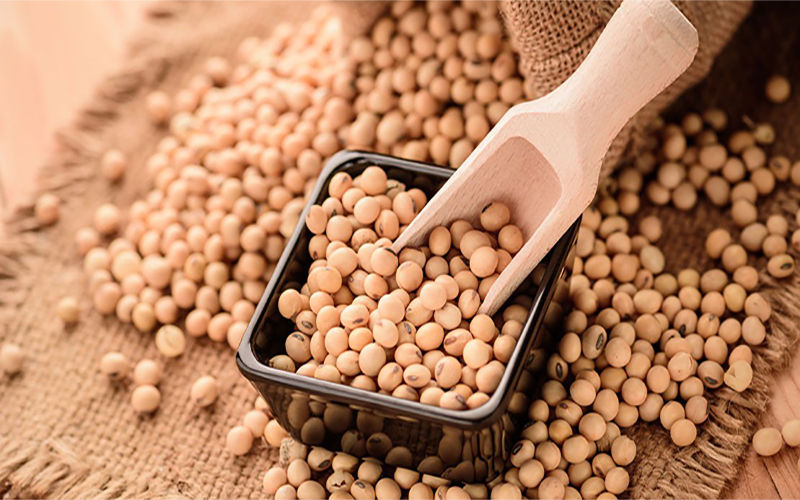
Genetically modified soybeans now account for 85% of the soybean market. However, they are primarily used for livestock feed rather than human consumption.
3 Sugar Beets
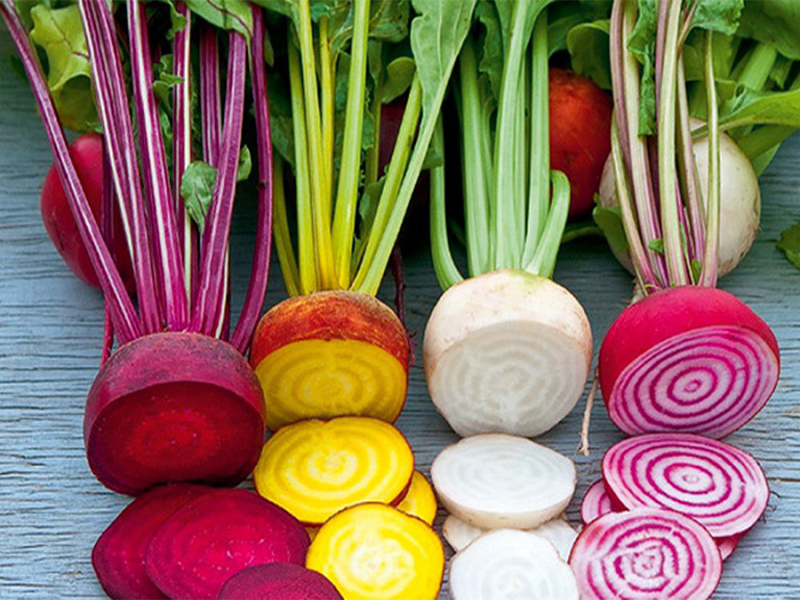
The production of genetically modified sugar beets began in 2008 but was banned in 2010 due to environmental concerns. Sugar beets typically grow slowly, so the modified version was created to enhance their growth rate.
4 Potatoes
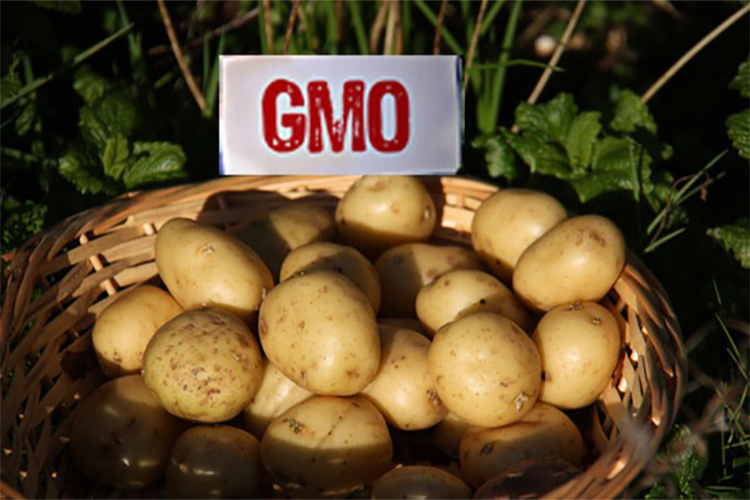
Genetically modified potatoes are resistant to diseases such as late blight, which spreads rapidly and can destroy entire crops. Today, only about 25% of potatoes are directly consumed by humans, while the remaining 75% are used for livestock feed and the starch industry.
5 Tomatoes

Tomatoes were the first food to be genetically modified in the United States. Today, genetically modified tomatoes are designed to have a longer shelf life, making them more suitable for transportation.
6 Balsam Pear

Balsam pear is highly susceptible to certain viruses, so it has been genetically modified. Scientists are concerned that this modification could spread uncontrollably.
7 Golden Rice
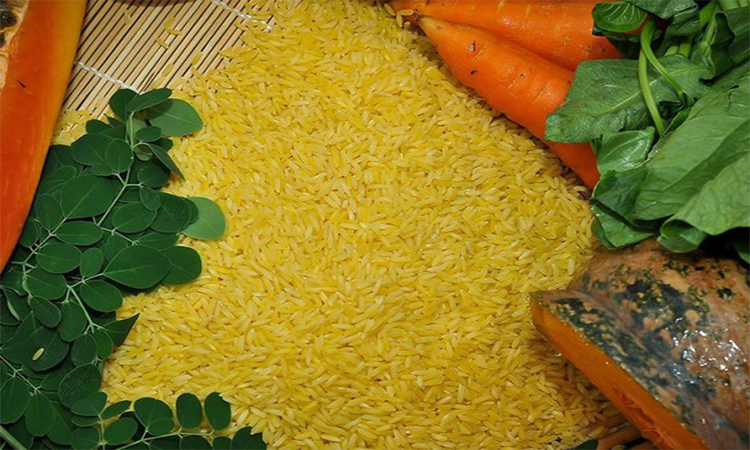
Golden rice is a genetically modified version of regular rice, containing higher levels of vitamin A, which helps reduce the risk of blindness and even death. Experts also aim to develop a type of genetically modified iron-enriched rice to combat anemia. However, this is likely to be a future development.
8 Salmon
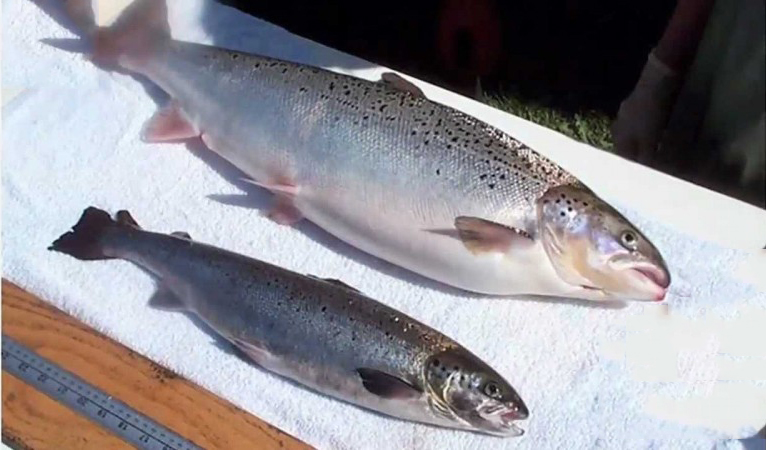
Genetically modified salmon is used for commercial purposes. It is farmed and grows faster, reaching twice the size of its natural counterpart. Experts believe this will help protect the environment and wild salmon populations.
Food preparation tips:
– Always keep your hands clean before, during, and after food preparation.
– Thoroughly cook these types of foods.
– Eat immediately after cooking.
– If you have leftovers, store them carefully. Do not consume spoiled or expired food. Reheat thoroughly before eating.
Now you know some of the most commonly genetically modified foods. The debate about the benefits and drawbacks of GMOs continues, but it is wise to consume these foods in moderation. Thank you for reading.
Visit to choose the freshest produce.
The Secret to Perfectly Fluffy Rice
Xoi, a traditional Vietnamese dish, is not only a staple at family gatherings and ceremonies but also a nutritious breakfast option to start the day. The secret to a perfect pot of xoi lies in the meticulous selection of rice and a unique cooking technique that transforms this simple dish into a flavorful masterpiece.
The Secret to Perfectly Boiled Corn: A Street Vendor’s Tip for Succulent Kernels
Uncover the secret to creating restaurant-style tender and sweet boiled corn at home by incorporating two essential ingredients: milk and baking soda.
What is Red Queen Corn? Its Benefits and How to Eat It?
Sweet and savory with a hint of mystery, the Red Queen Corn is an intriguing new variety that has captured the curiosity of many. With its vibrant colors and unique appeal, this corn is more than just a pretty cob. Join us as we unravel the secrets of the Red Queen and discover the wonders it holds.


























